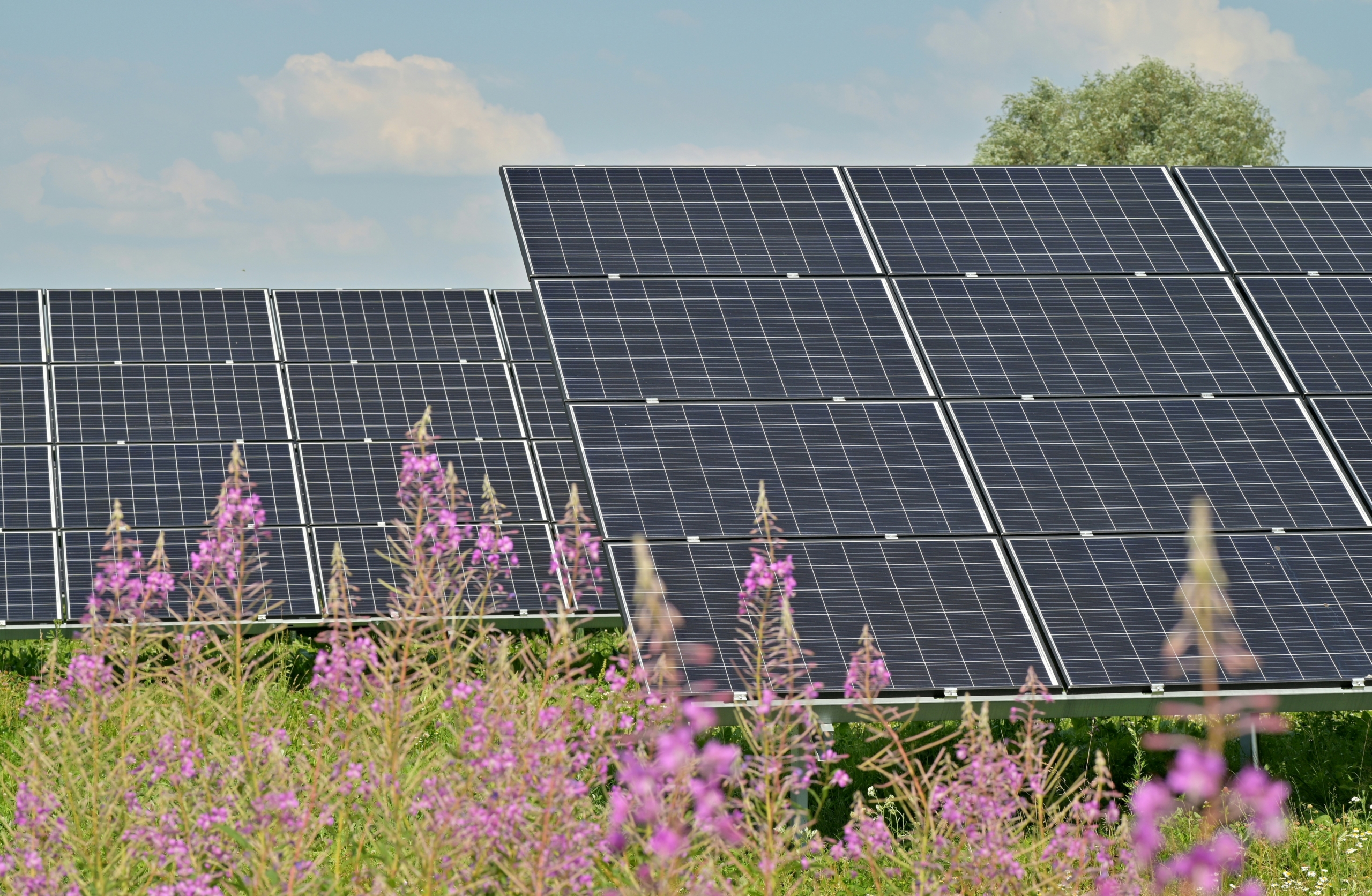Renewable Energy in Estonia Challenges Poverty
 In Estonia, poverty and energy poverty are conditions that affect both the citizens and the government. Estonia’s vulnerability and access to reliable, clean and economically efficient sources of renewable energy are a concern within the European Union (EU).
In Estonia, poverty and energy poverty are conditions that affect both the citizens and the government. Estonia’s vulnerability and access to reliable, clean and economically efficient sources of renewable energy are a concern within the European Union (EU).
The latest Organization for Economic Cooperation and Development (OECD) Economic Survey reveals that double-digit inflation and labor shortages are slowing Estonia’s recovery from the COVID-19 crisis. However, according to OECD Secretary-General Mathias Cormann, Russia’s involvement with Ukraine is heightening poverty challenges.
According to Epp Remmelg, an analyst at Estonia’s official statistics agency, “Close to 303,900 people lived at risk of poverty in 2022, which is nearly 3,000 more than in 2021. The at-risk-of-poverty rate reflects income inequality in a country.” The EU considers energy poverty a major challenge that needs to be addressed. The effects of the COVID-19 crisis and the Russian invasion of Ukraine in February 2022 were followed by a surge in energy prices. Estonian households have been primarily affected by energy poverty.
Energy Poverty Support
In Estonia, citizens considered to be “vulnerable energy consumers” are identified by the Energy Sector Organization Act to be people living alone, a family whose monthly income has not exceeded the minimum wage for the past six months and/or have received “subsistence benefits once during the past six months. The following initiatives provide support for citizens who face the effects of poverty.
- Welfare Development Plan (2016 through 2023): The objective of the Welfare Development Plan (2016 through 2023) is to reduce the absolute and relative poverty rates. It encompasses various initiatives aimed at improving health care, education, social services and employment opportunities. Through this comprehensive plan, Estonia aims to build a resilient and prosperous society where every individual can thrive.
- Subsistence Benefits: These are provided to Estonians who face poverty and submit a subsistence benefit application to their local government. This benefit provides food, clothing and housing costs for the individual and/or family. In addition, energy poverty support is included in subsistence benefits for people experiencing energy poverty.
- POWERPOOR Project: This aims to support countries transitioning to “clean energy” by using renewable resources. Estonia is one of 11 countries whose households receive lessons in energy intervention to become energy efficient. Energy Supporters advise citizens affected by energy poverty on how to plan and secure funding for energy efficiency. Additionally, Certified Energy Community Mentors advise users on how to create an energy-efficient community.
Clean Energy Transition
The International Energy Agency (IEA) policy review comes at a critical moment for Estonia, whose goal is to make a “clean energy” transition by replacing its 90% dependency on oil shale with renewable resources by 2030. Currently, Estonia is having success with biomass, heat pumps and onshore wind and solar as resources.
In 2022, it generated 2,606,549 megawatt-hours of energy from renewables. However, wind and sun are intermittent energies that need to be stored in large-scale energy storage devices. By storing energy, Estonia can avoid extremely high electricity prices.
Estonia Continues To Boost Renewables
Renewable energy production in Estonia now surpasses electricity generation from fossil fuels. “The good news is that homegrown renewables are putting Estonia within reach of its clean energy targets. “We’re aiming for a speedy uptake of renewable energy, especially wind and solar,” stated Kristi Klaas, Deputy Secretary General for Green Transition.
– Pam Fenton
Pam is based in Wall Township, NJ, USA and focuses on Good News for The Borgen Project.
Photo: Unsplash
